Search Images
Browse Content (p. 1253)

Image
Minoan Octopus
A Minoan octopus, detail from a New-Palace period (1500-1450 BCE) Cretan Clay askos with 'Marine Style' decoration, (Heraklion Archaeological Museum, Crete)
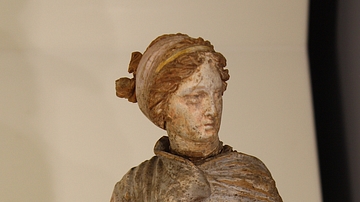
Image
Painted Figurine, Tarentum
A painted terracotta figurine of a woman wrapped in a himation. Tarentum, 3rd century BCE. (Archaeological Museum of Taranto, Italy)
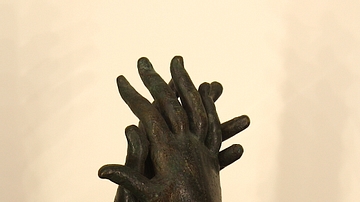
Image
Bronze Hands Nutcracker
A nutcracker in the form of bronze hands with gold decoration. 4th-3rd century BCE, Tarentum. (Archaeological Museum of Taranto, Italy)
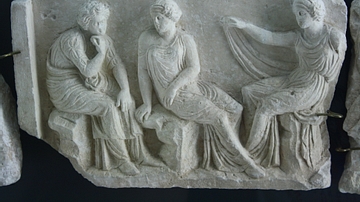
Image
Marble Funerary Relief, Tarentum
A marble relief from a funerary monument depicting seated women. 4th century BCE, Tarentum. (Archaeological Museum of Taranto, Italy)

Image
Red-Figure Volute Krater
A red-figure volute krater. 330 BCE, Tarentum. (Archaeological Museum of Taranto, Italy)
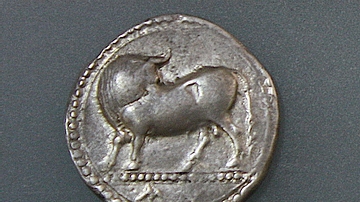
Image
Silver Stater of Sybaris
A silver stater of Sybaris, southern Italy. c. 550-510 BCE. (Archaeological Museum of Altamura, Italy)
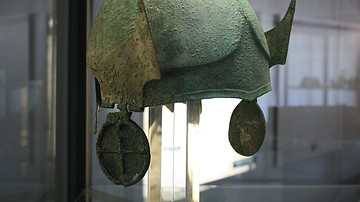
Image
Bronze Helmet, Heraclea, Italy
A bronze helmet with snake crest and cheek-pieces. From the tomb of a warrior, 4th century BCE. Heraclea, southern Italy. (Archaeological Museum of Policoro, Italy)
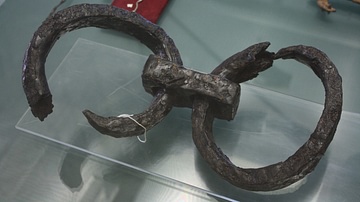
Image
Greek Slave Handcuffs
Bronze slave handcuffs from the Greek colony of Heraclea in southern Italy. 4th-2nd century BCE. (Archaeological Museum, Policoro, Italy)
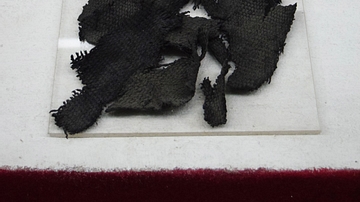
Image
Ancient Frabrics from Teishebaini
Uraratu was famous for its expert weavers. These remains of fabric, rope, and thread ball were discovered at the Teishebaini Fortress, which is located within the boundaries of present-day Yerevan, Armenia, and date from the 7th century BCE...
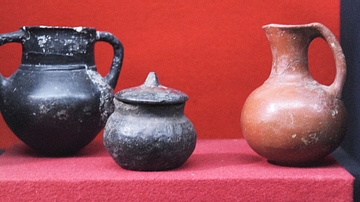
Image
Small Jugs from Erebuni
These fine jugs from Erebuni Fortress in Yerevan, Armenia are a testimonial to the advanced level of craftsmanship attained by the Urartian people in ancient times. Jugs in baked clay, c. 800-700 BCE. (Erebuni Historical and Archaeological...